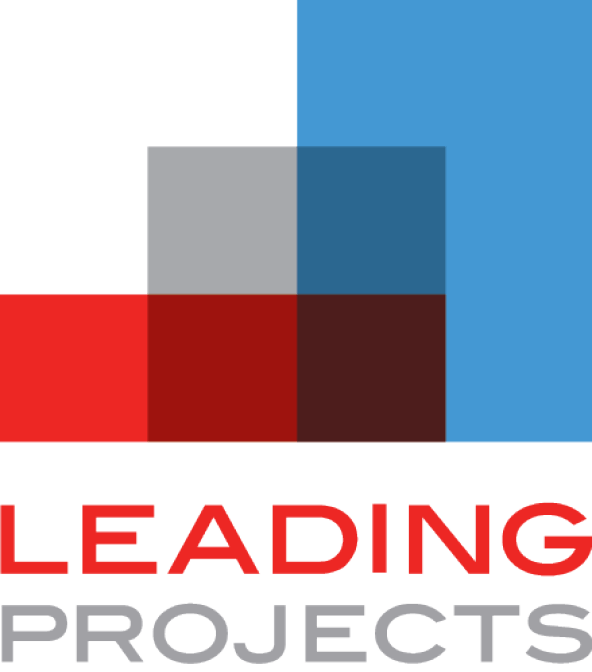Most companies that have a capital project portfolio of any size strive to have a common process by which the projects will be done—nobody wants each project team to reinvent their own version of the wheel! Expectations are made clear, and the project is evaluated at the end of each stage to determine whether those expectations have been met and the project is ready to proceed. Makes sense, right?
But many projects fail because the process has not been designed and used properly. When a company’s common processes are disrespected or underutilized, they generally suffer from one or more of the following pitfalls:
1. Overly Facilities-Focused
Especially when a company’s primary focus has been on small, simple projects, the common process may be too “facilities-centric.” As a result, it can neglect important integrations across other components, which are common in more complex developments.
In mining, oil & gas, and chemicals, for example, components like subsurface, feedstock source, transportation, infrastructure, and commercial agreements are all equally important. For upstream oil and gas, the drilling and completion of wells may comprise the majority of the capital cost and risk on the project.
2. Not Scalable
Many project management processes are geared only toward major or mega projects, when in fact most companies with project portfolios probably have more project professionals working on small projects than large ones. The best systems are easily scalable and equally relevant for a $5MM generator replacement as for a $10B deepwater development.
A strong project system sets expectations based on a project’s size and complexity—smaller projects are expected to satisfy fewer, simpler expectations. A “one size fits all” approach usually yields a “one size that fits nobody”.
3. Overly Prescriptive
An overly prescriptive or detailed project common process can actually erode performance and personal accountability by becoming a “tick the box” exercise. The more prescriptive the process is, the more tendency there will be to cut corners and use the excuse “I followed the process” as a substitute for high-quality work and expert judgment.
4. Hard to Use
A common process that requires a bookshelf full of three-ring binders to implement is unlikely to be embraced by practitioners. The best systems today are web-based and easy to navigate by everyone on the project team, no matter where they are in the world.
Leading Projects LLC has helped a variety of companies develop effective project processes—processes which are comprehensive yet scalable, easy to use, and flexible while not being “optional.”

